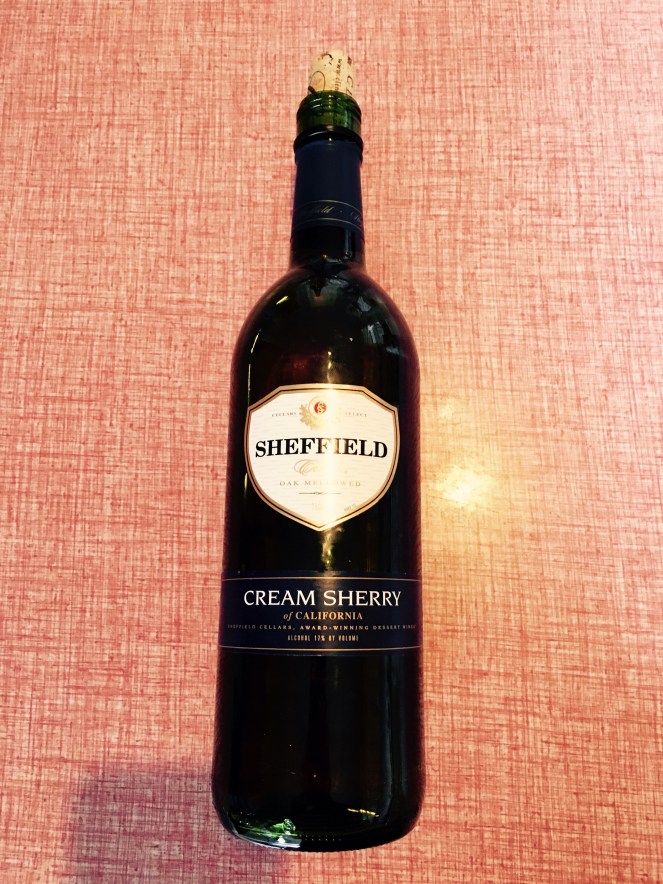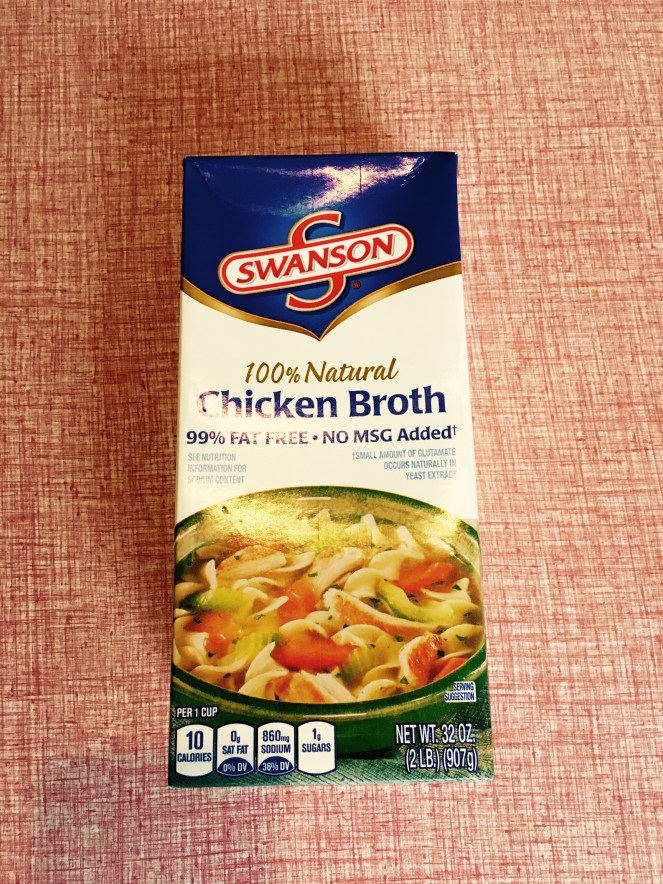It is time for a fourth installment and we aren’t even to the refrigerator yet. I know this seems like an enormous amount of food, but keep in mind that these are all things you would and should take for granted. Once your kitchen is stocked it will stay that way for a long time, as you can replenish single ingredients as they run out. Today we are going to look at some loose ends in your pantry liquids.
COOKING WINE: There are a lot of recipes that just aren’t the same without a little wine in them. A good selection of wines can really help you in the gravy department. Whether you need Marsala for the titular Chicken Marsala, or standard red for Jager Schnitzel, you will need some cooking wine. There are four “fortified” cooking wines and they each belong to a country and are, as such, useful for food of that region. Marsala comes from Italy, Port and Madeira come from Portugal, and Sherry, although invented by an Englishman, is classically used in Spanish food. I would pick your fortified wine based on the kinds of food you like to cook rather than having all of them on hand, personally, my go-to is dry sherry. I use sherry for caramelizing onions, pot roast and shepherds pie. In addition it is also helpful to keep a standard red and a dry white wine on hand, I would suggest Merlot (Red) and Pinot Grigio (White), as they have the widest range of applications and shouldn’t cost more than eight dollars a bottle (the bottle will last awhile).
SOY SAUCE: Listen, I don’t need to tell you what soy sauce is. But I will. Soy sauce began as an ancient form of salted fish condiment called Jijang, similar to the Roman Garum. These ancient sauces were made by salting and fermenting small fish until the preparation was suitably ripe, that is, skirting the line between pungent and rotten. At some point soy beans were added to be fermented with the fish and eventually the fish was dropped altogether. Later on the sauce and the bean were transplanted to Japan with Buddhist monks, the sauce was renamed Shoyu and here we are today. I don’t know why I told you that. You don’t need to know any of those things to cook. Maybe it will help you break the ice at a party, but read the room first because not everyone likes history and rotten fish. The point is, it’s in every Asian dish ever created since the beginning of time (~500 BCE), just go buy some because it doesn’t go bad and it’s dirt cheap. Any brand will do as long as it’s not low sodium, that stuff is crap. Also, I’m not going to find you a picture because you know damn well what it looks like.

BROTH: Unless you intend to make your own broth (you don’t, I know you), you should really buy some stock. As long as it’s sealed, it lasts for months in your pantry. After opening you need to move it to the fridge, please remember that. I would suggest always keeping a can or two of chicken and beef stock around, but be careful with the beef, most of the brands are only “Beef flavored”. They like to put that second word in really fine print.


Is bouillon an acceptable substitute for broth? I notice it always smells funny before you put it in water which worries me, but there is a notably lower price point. And can you give me any quick suggestions for what to do with my pinot grigio? I have some languishing around, and as much as I’d like to drink it my kids tend to make it difficult. (I could come up with more questions but I’ll restrain myself for now)
LikeLiked by 1 person
So bouillon is generally cheaper because it’s mostly salt and flavoring with the more expensive bouillon being closer in price and nutrition to broth. Bouillon is perfectly usable, just be careful to check the ingredients. As for pinot grigio, I love to use it on fish or chicken. One of my favorite comfort foods is shrimp scampi, and I use: shrimp, rice or fettuccine, butter, garlic, salt, lemon/lemon zest, and pinot grigio. I take some frozen shrimp and saute them with butter and garlic, removing from the pan when the start to brown, then I add lemon juice and zest and wine to the shrimp-garlic-butter, and let it cook down a bit.Finally I put the sauce and shrimp over rice or noodles. delicious. You can do pretty much the same exact thing with chicken. Just make sure to cook the chicken more thoroughly as it takes longer than the shrimp.
LikeLike